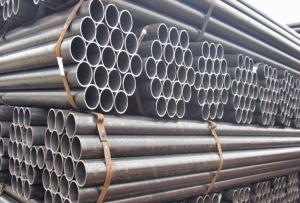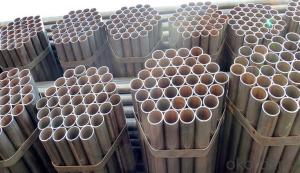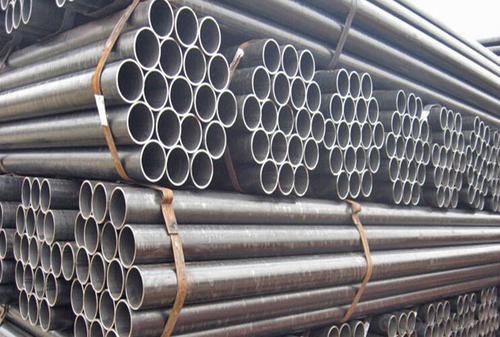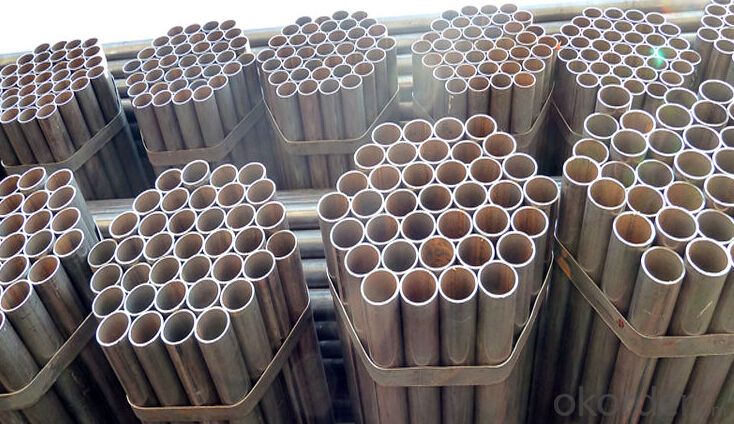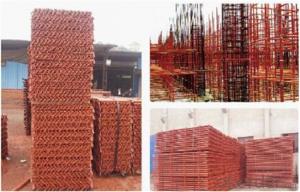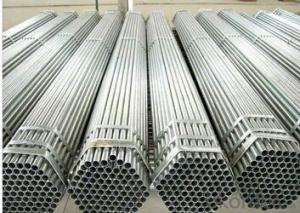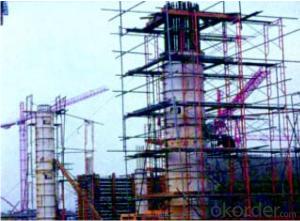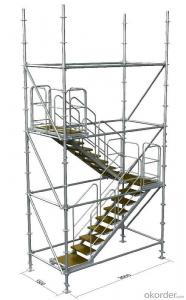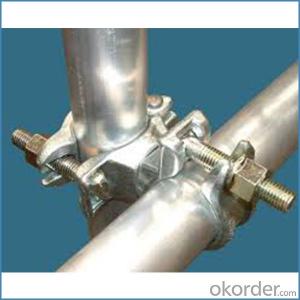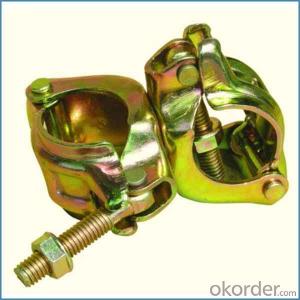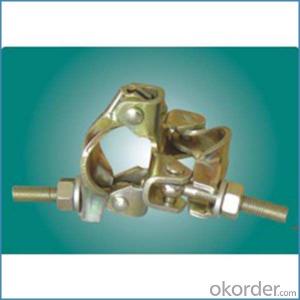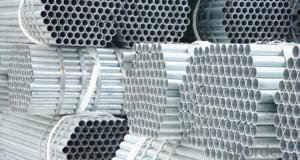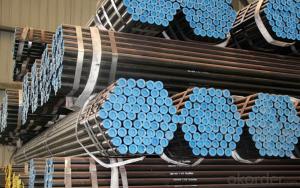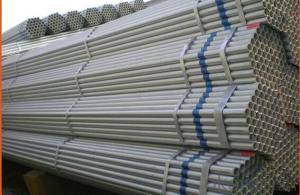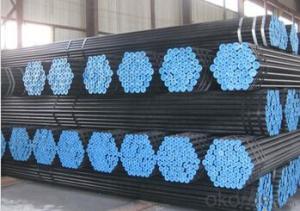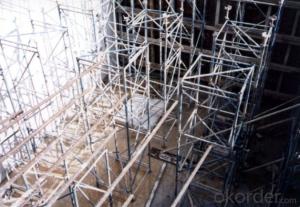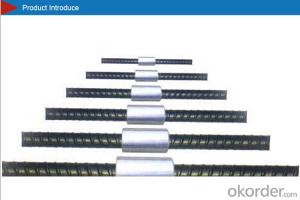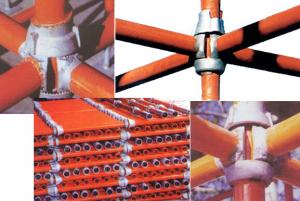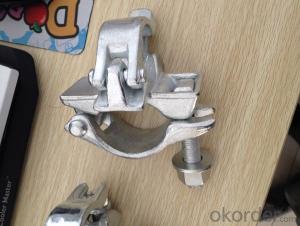STEEL TUBE SELF CLIMBING SCAFFOLDING
- Loading Port:
- China Main Port
- Payment Terms:
- TT OR LC
- Min Order Qty:
- -
- Supply Capability:
- -
OKorder Service Pledge
Quality Product, Order Online Tracking, Timely Delivery
OKorder Financial Service
Credit Rating, Credit Services, Credit Purchasing
You Might Also Like
Quick Details
| Thickness: | Outer Diameter: | ||||
| Place of Origin: | Secondary Or Not: | Application: | |||
| Technique: | Certification: | Surface Treatment: | |||
| Special Pipe: | Alloy Or Not: | Brand Name: | |||
| Material: | Ending Type: | Welded Line Type: | |||
| Welding technique: | Other Application: | L/C at Sight: | |||
| Delivery Condition: | Business type: | Main Market:: | |||
| Grade: | Standard: |
Packaging & Delivery
| Packaging Detail: | packing in bundle with steel strips; with seaworthy package at the end; could be done with your requirement. |
| Delivery Detail: | within 10-30 days after receipt of deposit, ASAP |
Specifications
ROUND STEEL TUBE SELF CLIMBING SCAFFOLDING
1.Material: Q235-Q345
2.OD:1"-4"
3.WT:2-9mm
4.delivery time:15-30days
STEEL TUBE SELF CLIMBING SCAFFOLDING
1.Details of STEEL TUBE SELF CLIMBING SCAFFOLDING
| Product | STEEL TUBE SELF CLIMBING SCAFFOLDING |
| Welding Technique | Electric Resistance Welding(ERW) |
| Standards | ASTM A53, BS1387, GB/T9711, GB/T3901 |
| Payment Terms | L/C at sight, D/A, D/P, T/P Western Union, MoneyGram acceptable, T/T preferred |
| Application | greenhouse pipes, scaffolding pipes, transportation the ocean oil and gas, mechanical tube of ocean platform, power station, chemical industry and building, construction foundation piles, steel structure building, for low-pressur fluid service, steel structure bridges etc. |
| Additional Fabracation | plain ends pipe,cutting threading, beveled, 3PE steel pipe, black and color painting, anti-rusting oilsteel pipe, varnish paintingsteel pipe, zinc-coating steel pipe, steel stamp, drilling, diameter reducing pipe etc. |
| Supply Experience | 10 years |
| Business Type | Manufacturer and Trading Company |
| Cooperation Shipowner | MSK, CMA, MSC, HMM, COSCO, UA, NYK, OOCL, HPL, YML, MOL |
| Remarks | We can do unregular orders as customers requests! All kinds of steel hollow pipes can be provided. Don't hesitated to contact us. |
- Q: Can steel tube couplers be used for creating cantilevered or suspended scaffolding structures?
- Yes, steel tube couplers can be used for creating cantilevered or suspended scaffolding structures. Steel tube couplers are commonly used in scaffolding construction as they provide a secure connection between tubes, allowing for safe and stable scaffolding structures. Whether it is a cantilevered or suspended scaffolding structure, the use of steel tube couplers ensures the required strength and stability for supporting workers and materials at various heights.
- Q: How do steel tube couplers perform in seismic or high-wind areas?
- Steel tube couplers are designed to perform exceptionally well in seismic or high-wind areas. They provide a strong and reliable connection between steel tubes, offering superior resistance against lateral forces and vibrations. The coupling mechanism ensures stability and flexibility, allowing the structure to withstand the dynamic forces generated during seismic events or high wind speeds. This makes steel tube couplers a preferred choice for construction projects in such areas, as they enhance the overall structural integrity and safety of the building or infrastructure.
- Q: Can steel tube couplers be used in scaffolding structures with specialized requirements, such as protection against electromagnetic radiation?
- No, steel tube couplers cannot be used in scaffolding structures with specialized requirements for protection against electromagnetic radiation. Steel is an excellent conductor of electricity and can actually enhance the transmission of electromagnetic radiation. In scenarios where protection against electromagnetic radiation is a specific requirement, alternative materials such as non-conductive fiberglass or plastic couplers should be used instead. These materials can provide the necessary insulation and prevent the transmission of electromagnetic radiation through the scaffolding structure. It is important to consider the specific requirements of the project and choose the appropriate materials accordingly to ensure the safety and effectiveness of the scaffolding structure.
- Q: How are steel tube couplers secured to the scaffold tubes?
- The mechanism used to secure steel tube couplers to scaffold tubes is simple yet effective. These couplers are comprised of two halves, each containing a threaded bolt and nut. Placing these halves on opposite sides of the scaffold tube and tightening the bolt with a wrench or spanner ensures a secure connection. This tightening process guarantees stability and safety. When necessary, the coupler can be easily adjusted or removed thanks to the threaded bolt and nut design. To evenly distribute the load and prevent any damage to the scaffold tube, a washer is placed between the bolt and the coupler. In conclusion, this method provides a dependable and strong connection for steel tube couplers on scaffold tubes, meeting the necessary safety standards.
- Q: Are there any specific guidelines for the safe use of steel tube couplers in scaffolding near heavy machinery or equipment vibrations?
- Yes, there are specific guidelines for the safe use of steel tube couplers in scaffolding near heavy machinery or equipment vibrations. When working in such conditions, it is important to adhere to the following guidelines: 1. Conduct a thorough risk assessment: Before setting up scaffolding near heavy machinery or equipment vibrations, conduct a comprehensive risk assessment to identify potential hazards and implement appropriate control measures. 2. Ensure scaffolding stability: The scaffolding must be properly erected and secured to ensure stability. Use the appropriate number of couplers to connect tubes securely, and ensure that all connections are tight and correctly aligned. 3. Inspect the couplers: Regularly inspect the steel tube couplers for any signs of damage or wear. If any couplers are found to be damaged, replace them immediately to maintain the structural integrity of the scaffolding. 4. Consider vibration isolation measures: Install vibration isolation pads or mounts between the scaffolding and heavy machinery or equipment to reduce the transmission of vibrations. These measures can help minimize the impact of vibrations on the scaffolding structure. 5. Monitor vibrations: Use vibration monitoring equipment to measure and monitor the level of vibrations near the scaffolding. If the vibrations exceed safe limits, take appropriate action, such as relocating the scaffolding or implementing additional measures to mitigate the vibrations. 6. Provide adequate training: Ensure that all workers involved in setting up and using scaffolding near heavy machinery or equipment vibrations are adequately trained on the safe practices and guidelines. This includes proper assembly and disassembly techniques, as well as awareness of potential risks and how to mitigate them. 7. Follow manufacturer's instructions: Always follow the manufacturer's instructions and recommendations for the specific steel tube couplers being used. These instructions will provide guidance on load capacities, proper installation techniques, and any limitations or precautions related to vibrations. Remember, the safety of workers should always be the top priority. By following these guidelines and implementing appropriate measures, the risk of accidents or structural failures due to vibrations can be significantly reduced.
- Q: Can steel tube couplers be used in scaffolding projects involving curved or circular structures?
- Certainly! Involving curved or circular structures in scaffolding projects is absolutely feasible with the utilization of steel tube couplers. Their versatility allows for easy adjustment to accommodate diverse angles and shapes. By connecting tubes at different angles, these couplers enable the creation of scaffolding structures with elegant curves or perfect circles. Moreover, their durability enables them to bear the weight and pressure commonly associated with scaffolding, rendering them highly suitable for deployment in such projects.
- Q: Can steel tube couplers be used for scaffolding structures that need to provide access to underground or submerged areas?
- Scaffolding structures requiring access to underground or submerged areas can utilize steel tube couplers. These couplers are commonly employed in scaffolding systems to securely connect and join tubes, resulting in a stable and rigid structure. To successfully navigate underground or submerged spaces like basements, tunnels, or underwater construction sites, adaptable and durable scaffolding systems are essential. Steel tube couplers are well-regarded for their strength, durability, and resistance to corrosion, making them ideal for such demanding environments. The use of steel tube couplers facilitates easy assembly and disassembly of scaffolding structures, allowing for flexible and adjustable access points. These couplers ensure a secure connection between tubes, guaranteeing stability and safety for workers needing to enter underground or submerged areas. Furthermore, steel tube couplers come in various types, including swivel couplers, sleeve couplers, and putlog couplers, enabling different configurations and connections. This versatility allows scaffolding structures to be customized to the specific requirements of accessing underground or submerged spaces. Nevertheless, it is crucial to comply with relevant safety regulations and standards when designing and constructing scaffolding systems. Consulting with a professional engineer or scaffolding expert is recommended to assess the specific requirements and challenges posed by the underground or submerged area before implementing steel tube couplers for such structures.
- Q: What are the typical weight capacities of steel tube couplers in scaffolding applications?
- The typical weight capacities of steel tube couplers in scaffolding applications vary depending on the specific type and design of the coupler. However, most commonly used steel tube couplers in scaffolding applications have weight capacities ranging from 2,000 to 4,000 pounds (907 to 1,814 kilograms) each.
- Q: What are the common methods of securing steel tube couplers to scaffolding tubes to prevent accidental disengagement or separation under dynamic loads?
- There are several common methods used to secure steel tube couplers to scaffolding tubes in order to prevent accidental disengagement or separation under dynamic loads. These methods include: 1. Set screws: Set screws are typically used to secure the couplers in place by tightening them against the scaffolding tubes. These screws create a frictional force that prevents the coupler from rotating or sliding off the tube. 2. Grubscrews: Similar to set screws, grubscrews are used to secure the couplers by tightening them against the scaffolding tubes. The difference is that grubscrews have a pointed end, which penetrates the surface of the tube, creating a more secure connection. 3. Wedge couplers: Wedge couplers consist of a wedge-shaped piece that is inserted into the gap between the coupler and the tube. When tightened, the wedge expands, gripping the tube and preventing any movement or separation. 4. Swivel couplers: Swivel couplers have a flexible joint that allows them to rotate freely. To secure them in place, a bolt or pin is used to lock the joint, preventing any accidental disengagement. 5. Snap-on couplers: Snap-on couplers have a spring-loaded mechanism that allows them to snap into place when pressed against the tube. This mechanism ensures a tight and secure connection that can withstand dynamic loads. 6. Scaffold clamps: Scaffold clamps are heavy-duty couplers that are designed specifically for high-load applications. They usually consist of two halves that are bolted together, providing a strong and secure connection. It is important to note that the specific method used may vary depending on the type of scaffolding system and the specific requirements of the project. It is crucial to follow manufacturer guidelines and industry standards to ensure the proper installation and secure attachment of the steel tube couplers to prevent any accidents or failures under dynamic loads.
- Q: a 617 N window washer is standing on a scaffold supported by a vertical rope at each end. The scaffold weighs 385 N and is 4.48m long. Assume the window washer stnads 1.06m from the left end.What is the tension of the rope on the right?What is the tension of the rope on the left?Answer in units of N.
- Set up a net moment equation. To find the tension in the rope on the right use the spot where the left rope connects to the scaffold as rotation point. Then it's just force times distance for the rope and the man and the net moment will be zero. For the the left end use the right side as your rotation point. Tr (x1) + Wm(x2) = 0 Tr = Tension in right rope x1 = length of board Wm = Weight of man x2 = man's distance from left rope.
Send your message to us
STEEL TUBE SELF CLIMBING SCAFFOLDING
- Loading Port:
- China Main Port
- Payment Terms:
- TT OR LC
- Min Order Qty:
- -
- Supply Capability:
- -
OKorder Service Pledge
Quality Product, Order Online Tracking, Timely Delivery
OKorder Financial Service
Credit Rating, Credit Services, Credit Purchasing
Similar products
Hot products
Hot Searches
Related keywords
